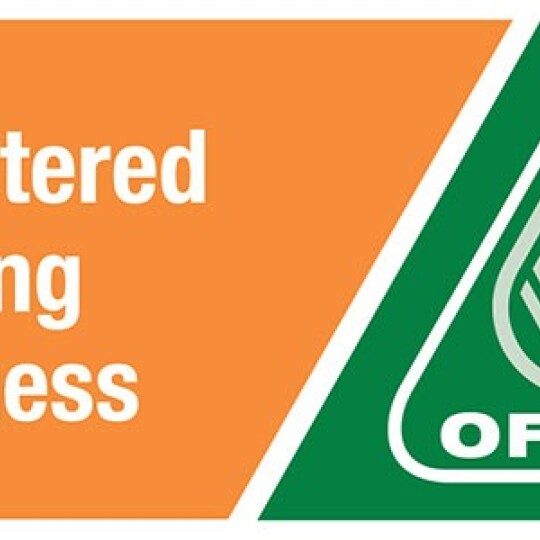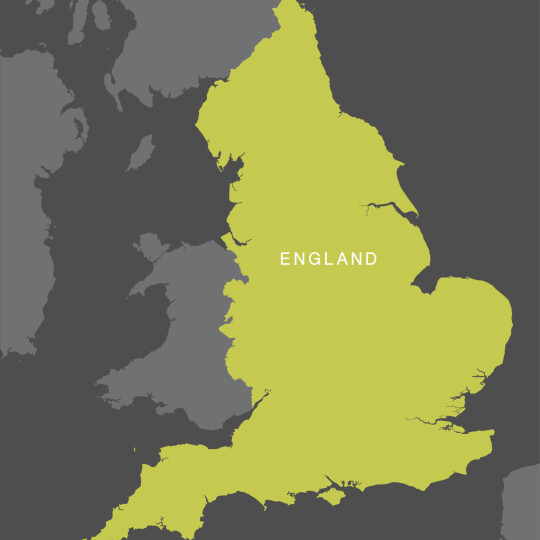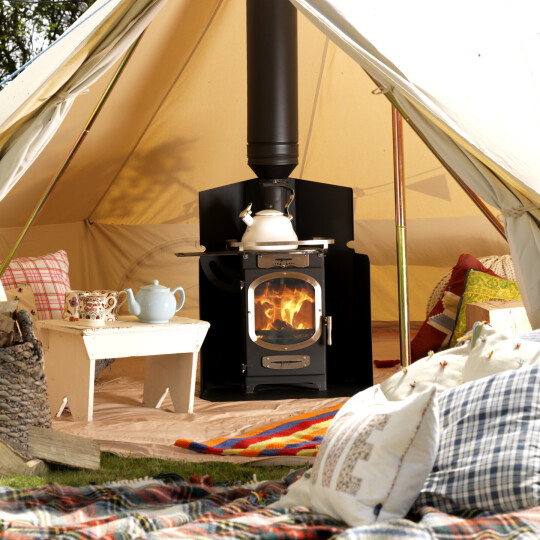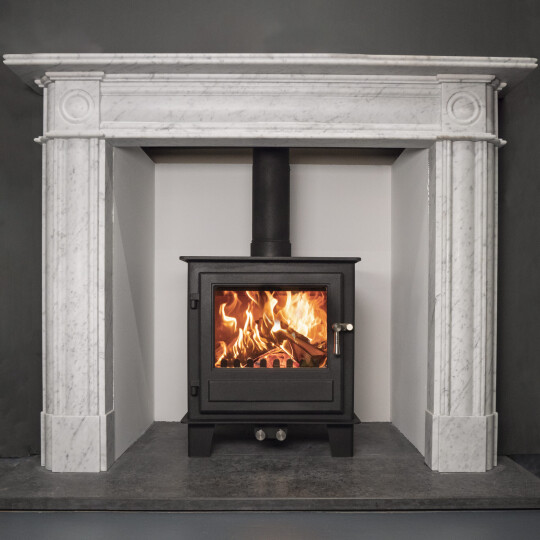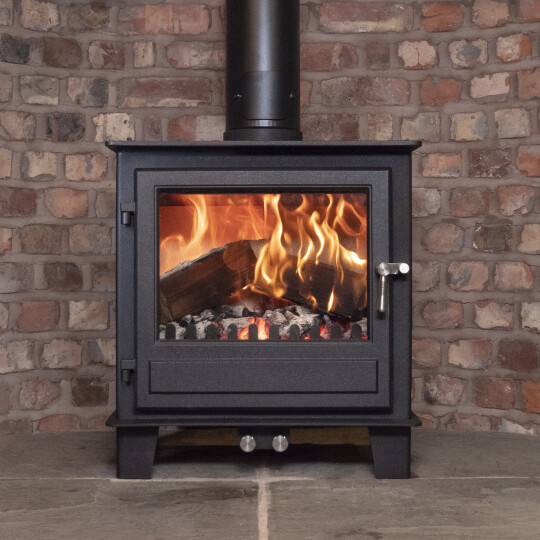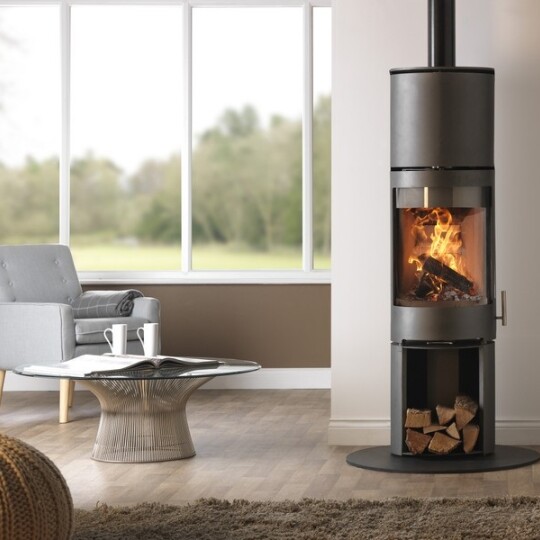Remember Remember the 5th November Bonfire, Pollution and Misconeption
The SIA released another article focussing on Bonfire night, tonight. They explain that on bonfire night a spike in particulate matter emissions is expected, and they are keen to ensure that these emissions are properly recorded and reported, rather than being incorrectly apportioned as emissions from domestic wood burning stoves.
Andy Hill, the chair of the SIA, comments on the misconception that 38% of PM2.5 emissions come from wood burning stoves. This is because a great proportion of the emissions currently recorded as domestic combustion actually come from unregulated outdoor burning, which noticeably increases at this time of year.
Outdoor unregulated burning such as bonfires, firepits, BBQs, incinerators, and wildfires are all included within the current government figures for particulate matter from domestic burning. This inaccurately increases the data that’s labelled as emissions from wood burning stoves. So too are all open fireplaces, which are a hugely unregulated source of emissions. In London alone, open fires account for approximately 70% of all domestic wood burning, despite the capital being within a Smoke Control Area. Which the SIA highlights makes burning wood on an open fire illegal under the Clean Air Act. Clearly, the Stove industry has attempted to control and improve emissions being produced by wood burners but in practice, other forces in society are not helping.
There are numerous other examples of this, Andy expresses there are ways that the proportion of emissions that do come from burning wood for indoor heating can be dramatically reduced and carefully controlled; ensuring the use of Ecodesign compliant stove models; Ready to Burn certified wood fuel; professional installations; regular appliance maintenance and chimney sweeping. All these have been introduced into the Stove industry to actively work to improve emissions. A modern Ecodesign compliant stove, such as a clearSkies certified appliance, produces up to 90% fewer emissions than an open fire and up to 80% less than a stove that is 10 or more years old.
Andy concluded: “The SIA estimates the true volume of wood fuel for domestic heating to be less than a third of that used by the government to calculate the 38%. Indeed, the government’s own study, Burning in UK homes and gardens undertaken by Kantar recently back this up. We would therefore urge campaigners and policy makers to ensure that they consider all the facts before pointing the finger of blame for poor quality at modern wood burning stoves this winter.”



